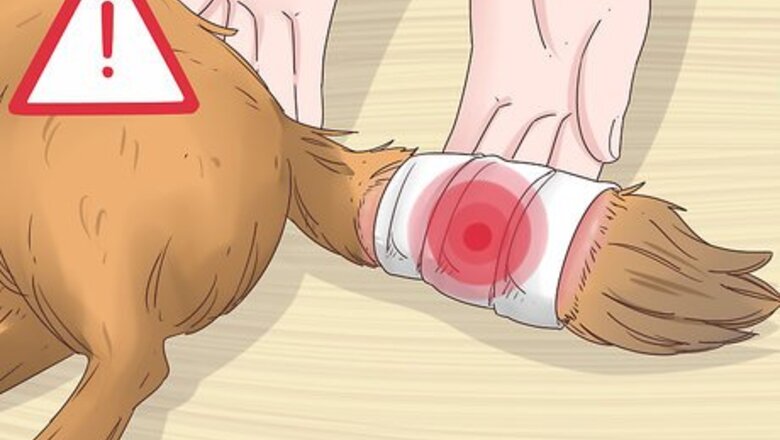
views
Caring for a Docked Tail after Surgery
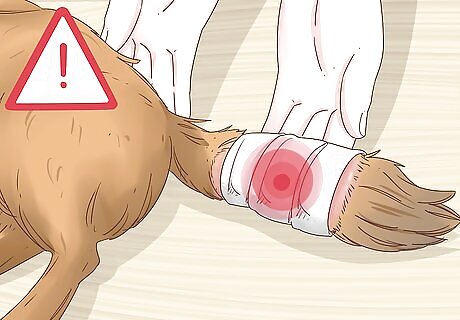
Monitor the surgery site to reduce chances of infection. Pay attention to any swelling, redness, or discharge. These are signs of an infected wound and need to be addressed immediately. If you notice mild signs of an infection, you can apply a hot wet compress to the area to prevent the infection from getting worse. If an infection looks severe, you'll want to contact your vet to figure out the best way to fight the infection. A little bit of grooming from the puppy's mother is ok but you'll want to keep an eye out for any excessive licking of the wound.

Cut off the bandages and tape using safety scissors. You'll want to use a small pair of embroidery or bandage scissors to prevent causing accidental injuries to your dog. As a rule of thumb, it is recommended to remove the bandages 2-3 days after the surgery. Consult your veterinarian about the best time remove the bandages.
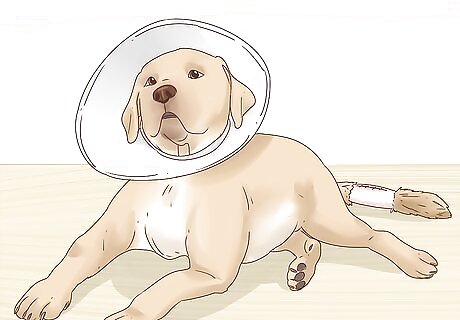
Place a plastic pet cone around your dog’s neck to protect the wound. The pet cone will keep your dog from over grooming the wound by blocking its ability to reach its tail. The pet cone may not be needed if your dog refrains from licking the wound.
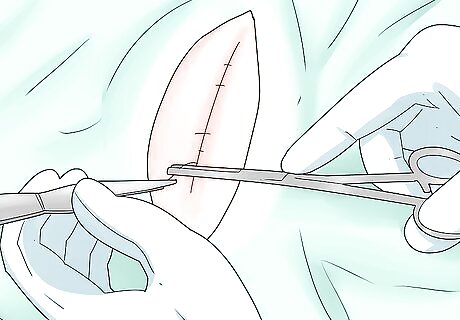
Bring your dog to the vet to remove the stitches. You'll need to bring your dog into the vet 5-7 days after the surgery to have their stitches removed. Some veterinarians will use absorbable stitches that won't need to be removed.
Keep the dog spotlessly clean. To reduce the chance of infection, you need to keep your dogs absolutely spotless until they are fully healed. Keep your dog out of any dirty or messy areas, and gently clean away any feces, urine, dirt, and debris that may get on its skin or fur. Talk to your vet about how to safely and properly clean around the wound.
Recognizing and Treating Long-Term Complications
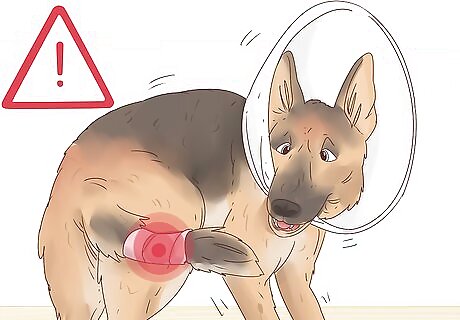
Monitor your dog for signs of discomfort related to a docked tail. Contact your veterinarian if your dog shows signs of self-mutilation, isolation, and irritability. Nerve formations known as neuromas can develop which cause increased sensitivity and chronic pain near the severed nerve site.

Be aware of abnormal behavior toward other dogs. A dog’s tail plays an important role in expressing its emotions. It is possible for a dog with a docked tail to become aggressive towards other dogs because they cannot communicate properly. Since other dogs might have a hard time understanding your dog's emotions due to the docked tail, you'll want to learn how to read your dog's body language to prevent altercations with other dogs. Socialization issues are common among dogs that cannot express playful or fearful emotions appropriately.

Notice signs of urinary and fecal incontinence. A docked tail can sometimes affect your dog's ability to control bowel movements due to weakened pelvic muscles. Medications alongside treatments that strengthen the muscles that control urine flow may help with incontinence. Incontinence can be caused by a number of reasons and you should take your dog to the vet to get a proper diagnosis.












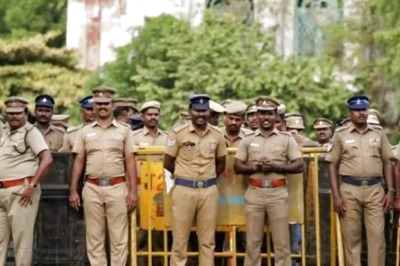

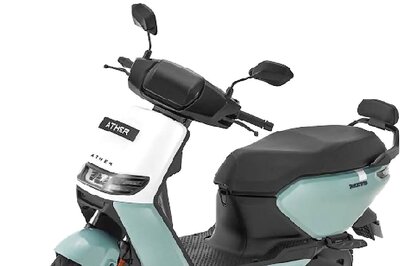





Comments
0 comment